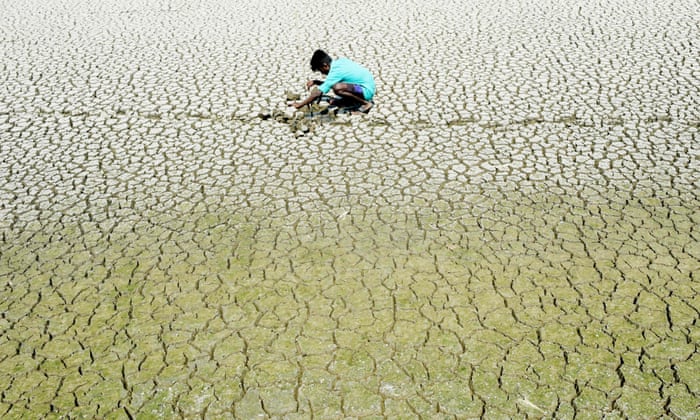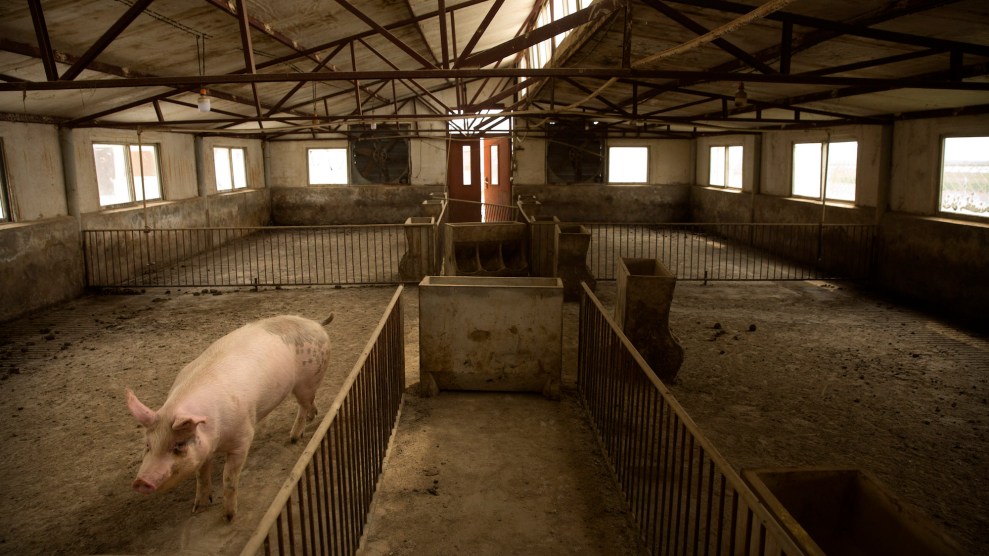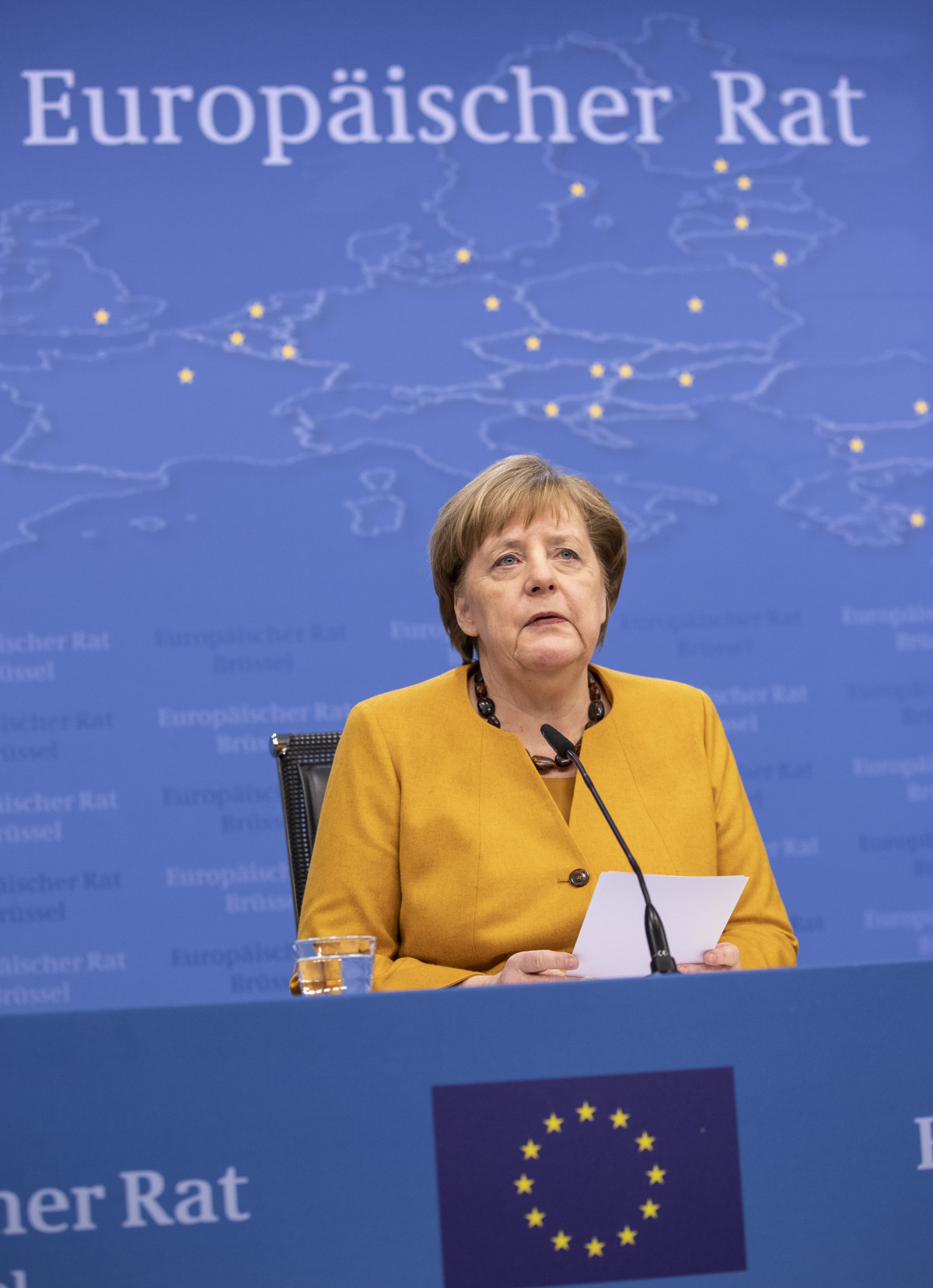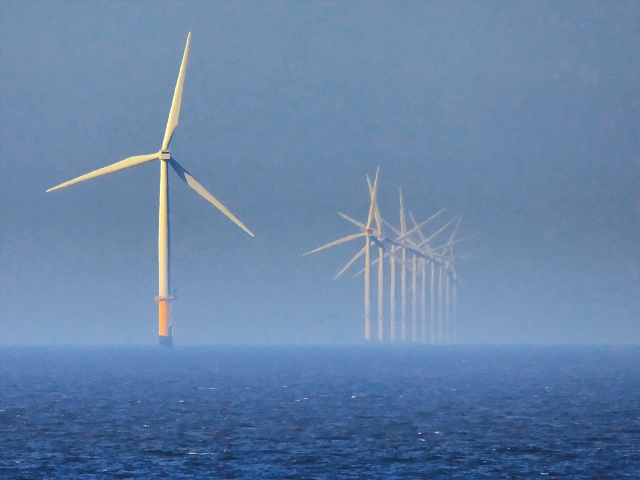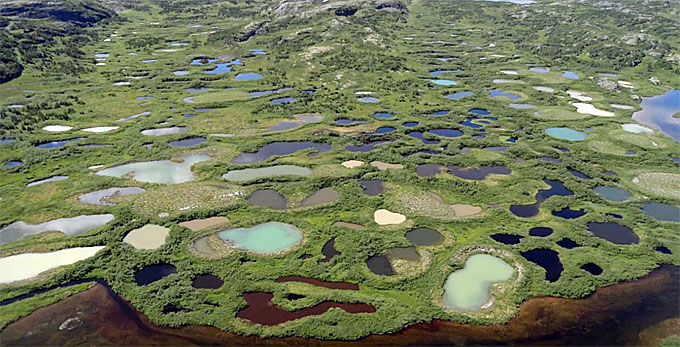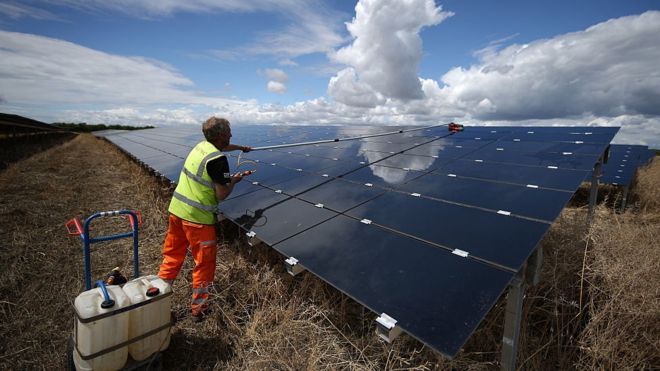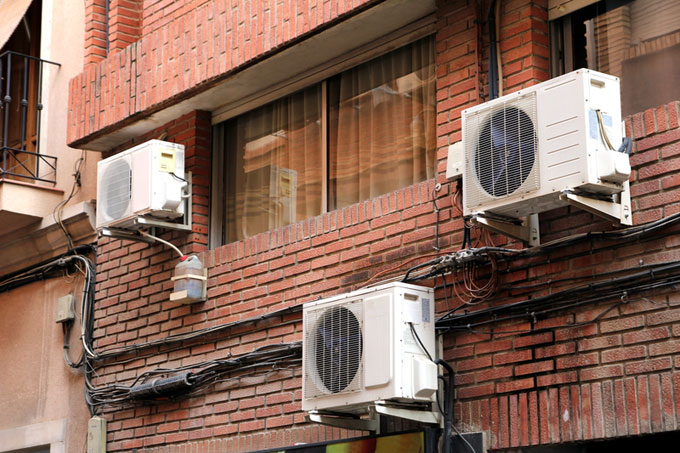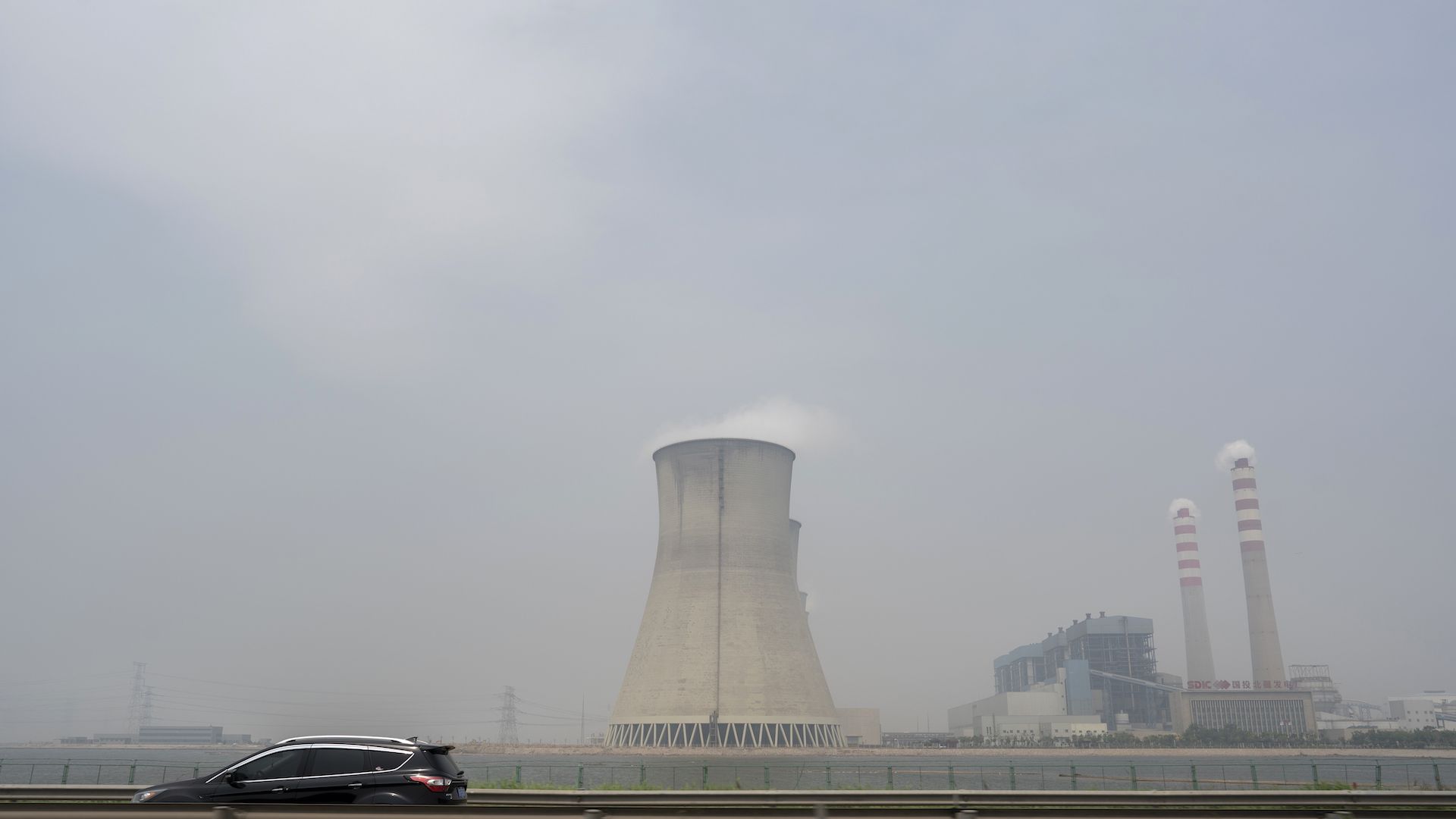There’s a big “if” behind that remark: It will take an exceptionally climate-savvy and climate-concerned Executive Branch to have the political will to initiate some of these steps. And there’s more: It likely will take supportive bipartisan majorities in both the U.S. Senate and the House of Representatives. More still: It will also take widespread and strong public support and citizen engagement, and, even then, strong leadership skills on the part of federal leaders.

It’s not clear when or if that time will come, nor what kind of climate catastrophe could precipitate such a coming-together. It brings to mind a phrase often attributed, but with some uncertainty, to Winston Churchill: “You can always count on the Americans to do the right thing, after they have exhausted all the other possibilities.”
Continue reading at: 10 things a committed U.S. President and Congress could do about climate change » Yale Climate Connections





